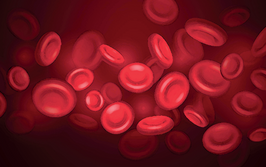Complementary Orthogonal and Nanoparticle Characterization Techniques: Combining Dynamic Light Scattering with Nanoparticle Tracking Analysis

contributed by Malvern Panalytical |
How can I trust my data? Is it affected in any way by the measurement technology, or by the user through sample preparation or the analysis parameters employed?
Abstract
Independent and orthogonal measurement modalities should be used to provide measurement validation. Two such complementary technologies are Nanoparticle Tracking Analysis and Dynamic Light Scattering and here we will describe both technologies and the complementary data which they produce as well as discuss how their unique capabilities, when used in conjunction, provide the most comprehensive suite of measurement parameters available to those interested in characterization of nanoscale materials.
Orthogonal sample measurement
How can I trust my data? This is a common concern for many researchers using particle measurement instrumentation. Is the data affected in any way by the measurement technology, or alternatively by the user during sample preparation or by the analysis parameters employed? To answer this question we need to consider the use of independent and orthogonal measurement techniques in order to provide confidence and measurement validation.
Two such complementary technologies are Nanoparticle Tracking Analysis and Dynamic Light Scattering. This technical note will describe both technologies and the complementary data they produce as well as explore how their unique capabilities, when used in conjunction, provide the most comprehensive suite of measurement parameters available to those interested in the characterization of nanoscale materials.
Log in or register to read this article in full and gain access to The Medicine Maker’s entire content archive. It’s FREE!



















